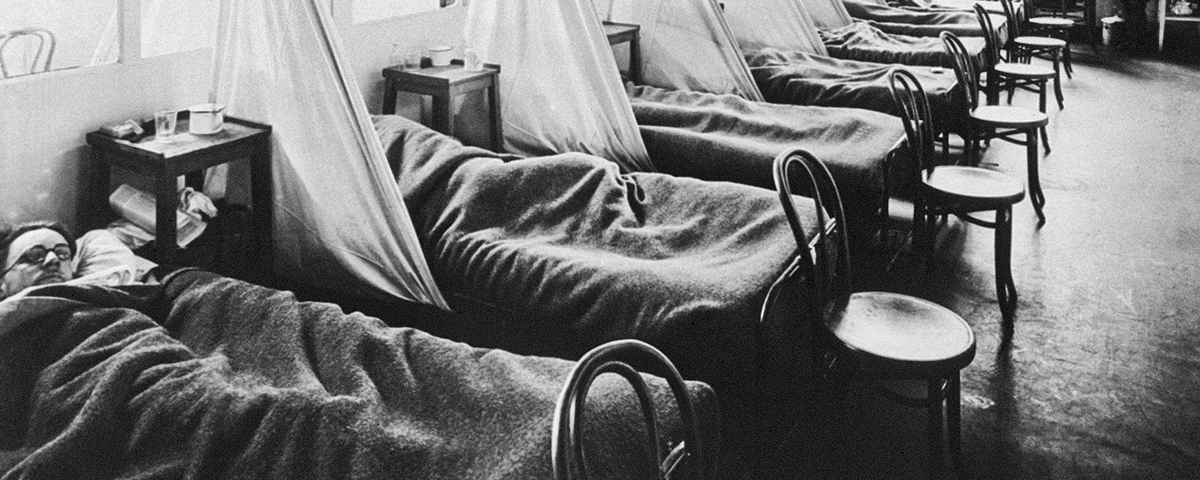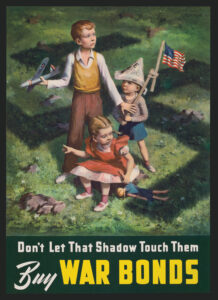The Athenian Plague (430 BC)
A terrifying disease spread through Athens at the outset of the Peloponnesian War with Sparta. Athens became a city of corpses and lawlessness as a plague, as yet unidentified by modern science, devastated its citizenry. When it finally abated in 427, it had taken 4,400 hoplite infantry, 300 cavalrymen, and up to a third of the city’s people, including Athens’s brilliant leader, Pericles.
The Antonine Plague (AD 165)
Another unidentified plague mauled the Roman Empire during the reign of philosopher–emperor Marcus Aurelius Antoninus. Brought home by legionaries returning from war with the Parthians in Mesopotamia, this plague recurred in cities throughout the empire, resulting in a loss of population and a reduction in tax monies going to the imperial treasury, and with that, fewer funds to pay for soldiers. Rome began its long slide to ruin, as civil wars, rebellious soldiers, and political fragmentation weakened the empire.
The Plague of Justinian (541)
Emperor Justinian’s wish to reunite the empire’s lost western territories with those of the east fell victim to the Yrsenia pestis microbe—the first appearance of the bubonic plague in the Western world. Millions died, including 230,000 in Constantinople alone. Justinian did eventually regain Italy, but his dream of restoring the other lands of the west to the empire would never be realized.
The Black Death (1346)
Mongol Khan Yanibeg of the Golden Horde used the plague to his strategic advantage. Besieging Caffa, a Genoese trading port on the Black Sea, Yanibeg had corpses infected with Yrsenia pestis hurled over the city walls. From Caffa, the plague traveled by ship across the Mediterranean and Europe. As much as one-third of the population of Europe perished as a result of the extraordinarily lethal disease known to history as the Black Death.
Naples (1495)
In 1494 King Charles VIII of France marched into Italy to secure his claim to the throne of Naples. Though he captured the city in 1495, many of his soldiers contracted syphilis. Charles was soon forced out of Italy by an anti-French coalition, and his troops spread the disease through the rest of Europe.
Conquest of Mexico (1520)
When Spanish conquistadors brought smallpox to central Mexico, the disease took the lives of 40 percent of the native population in less than a year. While the Aztecs died in huge numbers, the Spaniards were immune, having experienced the disease as children. The disease wrought such havoc that it demoralized the Aztecs and helped Hernán Cortés conquer their empire.
The Great Plague (1665)
The bubonic plague broke out again in the midst of England’s second naval war with the Netherlands. As the Dutch impudently sailed along the mouth of the Thames, the Royal Navy struggled to find crews for its ships, in part because so many men had died of the disease and because naval captains were unwilling to recruit sailors who had once been sick or who came from places hit by the plague. The fact that tax revenues were sharply down, leading in turn to a lack of funds for the Royal Navy, only exacerbated matters.
Smallpox in America (1775)
A well-known smallpox epidemic swept America during the Revolutionary War. Most British soldiers had previously encountered the disease as children and were immune, whereas most American soldiers were not. In 1777 George Washington ordered that his troops be inoculated against the disease. (He himself had had a mild case as a young man, while on a trip to Barbados.) When the war later moved to the southern colonies, where smallpox was still prevalent, the inoculations proved their worth and helped make victory at Yorktown possible.
Cholera pandemic (1826)
Cholera, the result of the Vibrio cholerae bacterium, frequently spreads through contaminated water or poor sanitation. The first documented appearance of the disease was in India in the early 19th century. In 1826 a cholera epidemic that began in Bengal traveled with the movement of armies during Russia’s wars with Persia, Turkey, and Poland. By 1831 it had reached the Baltic Sea. From there it eventually spread to England and Ireland, then crossed the Atlantic to North America. Tens of thousands lost their lives on several continents.
Influenza pandemic (1918)
The First World War was history’s deadliest conflict to that time, but the flu pandemic that broke out in the war’s last year actually killed more people. The United States Army saw 35 percent of its soldiers debilitated by an especially lethal variant of the H1N1 influenza virus, and the Royal Navy’s Grand Fleet was stuck in port for three weeks in May because of the illness. General Erich Ludendorff blamed it for the defeat of the German offensive that July. Around the world, influenza caused an estimated 20 to 100 million deaths.
GET HISTORY’S GREATEST TALES—RIGHT IN YOUR INBOX
Subscribe to our HistoryNet Now! newsletter for the best of the past, delivered every Monday and Thursday.





